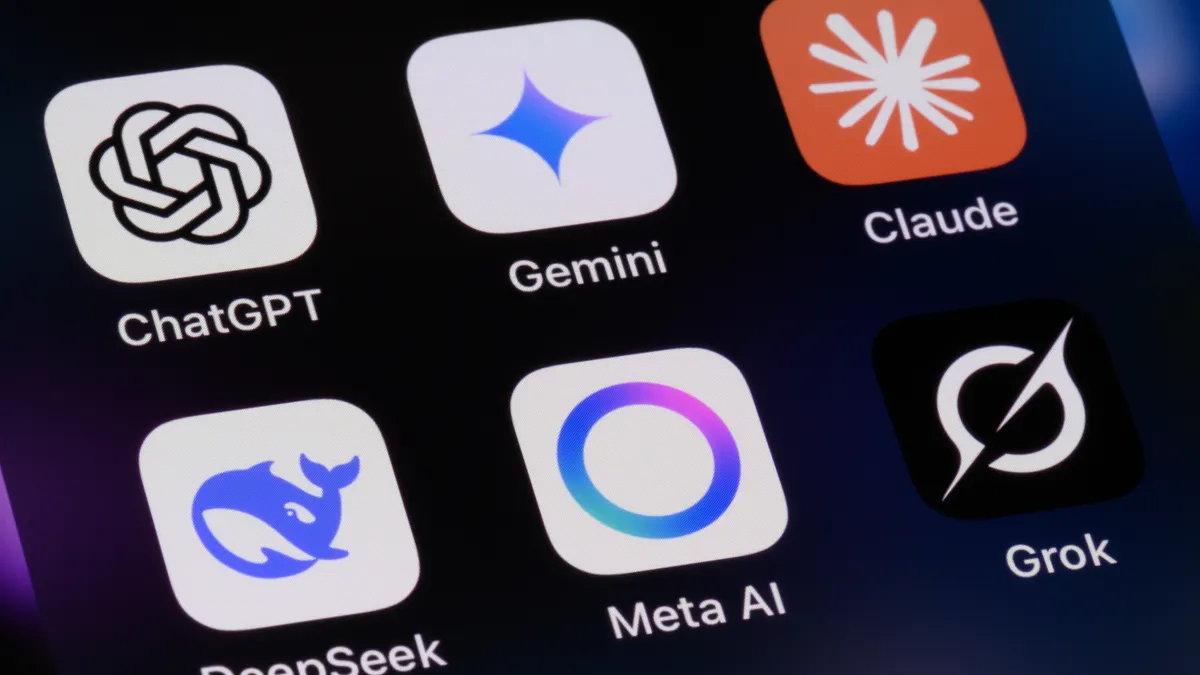Once a much more stereotyped activity, professional video gaming, or esports, is today watched by hundreds of millions of people around the world, presenting marketers with a new way of connecting with Gen Z consumers.
Esports has transformed itself from a niche pastime to a sport watched by over half a billion people worldwide and is expected to generate $1.38 billion in revenue this year. This rapidly growing marketing channel is populated mostly by elusive younger consumers, with Gen Z gamers numbering in the millions, per Horizon Media’s recently released Gen Z Field Guide. But gaming is not only a major entertainment cornerstone for the young cohort, it’s also a major point of passion.
“With that comes an incredible opportunity for brands to start tugging at the heartstrings and the passion points of that really highly sought-after demographic,” said Chris Mann, a senior vice president who leads the gaming and esports group REV/XP at rEvolution, a sports marketing company.
A diversifying market
While many things have led to the rise of gaming, technology is one important factor. It is also what provides advertisers with unique opportunities to engage the audience.
“Technology has gotten better. Hardware has gotten better. The games have gotten better,” said gaming commentator Scott Cole. “I remember back in the day, you could hardly do online gaming on dial up and things like that, let alone talk to your friends. It's interesting that there (is now) a social part of gaming.”
As this valuable marketing channel emerges, marketers need to be aware of both its limitations and benefits. Esport marketing requires a more tailored and hands on approach than traditional sports advertising, meaning a change in strategy will be necessary. Additionally, the demographic of fans can change dramatically from game to game, meaning a one-size-fits-all strategy won’t work.
It's important to figure out which type of game fits itself best into a brand's strategy. A family friendly brand may not want to partner with a violent first-person shooter game such as Counter Strike: Global Offensive and may opt for a more universal offering, such as the cars playing soccer game, Rocket League. While no real link has been found between video game and real-world behavior, advertisers remain wary that a violent game may tarnish their brand’s reputation.
Additionally, the demographic of each game's audience can vary dramatically in key areas such as gender, race and age. Diversity in esports games offered is one of the main reasons behind its growth, but keeping track may cause a headache for marketers.
“Ten years ago, [esports] was mostly focused on shooter games but now this has moved into battle arenas. So I think this is one of the key reasons why the esports audience is growing so fast and will keep growing so fast for the future years,” said Hugo Tristão, market lead for esports at Newzoo, a games market data company. According to Tristão, diversification in games has led more women to take part in the sport.
Esport enthusiasts also tend to be distinct from the general online population and even those who are casual esport fans. They are more likely to have a full-time job and a high household income, according to Newzoo. Additionally, 66% of esport enthusiasts are men and just 34% are women. However, when Gen Z is isolated, 54% of gamers are men and 46% are women, per Horizon Media. The median income is $20,800.
It is also important to note that while esports is growing in the U.S. and Europe, Asia remains its epicenter. Asia has a livestream audience of 442.5 million and an esports enthusiast population of 160 million. Europe has a live stream audience of 172.8 million and an enthusiast population of 31.6 million. North America lags behind, with a livestream audience of 103.7 million and an enthusiast population of just 22.4 million, per Newzoo.
However, despite North America’s lagging numbers, esport viewers in the region are the most profitable. While Asia has an esports revenue of $590.2 million, the average revenue per enthusiast is $3.69 a year. In North America, the total revenue is $349.7 million a year with an average revenue of $15.59 per enthusiast.
Leveling up immersion
Understanding a brand’s audience is one thing. Understanding how to interact with them is another entirely. The key lies in brand integration into game play, according to Tristão. Building awareness through banners and jersey logos only goes so far during a multi-day tournament, and often get tuned out, he said. As an alternative, an in-game bank being branded with the logo of a real bank can go a long way. Streetwear has also emerged as a major esports marketing opportunity, according to Horizon Media.
“When we look to this space, you see very unique brand activations that are really meant to reach the people because in esports, everyone is digital and most of all the engagement generated by sponsors is organic,” said Tristão.
As a result, non-endemic brands have a chance to get involved in the space in a creative and engaging way. While tech companies such as Alienware and Predator are natural fits for the esports space, non-endemic brands in the service and CPG sectors can find ways to integrate themselves into the space in an equally impactful way.
But awareness is still important. As the esports audience tends to skew young, informing young people with fresh access to a disposable income is one of the major benefits of esports marketing.
“I think the benefit is looking at broader awareness, especially among younger consumers. I think it's also about education,” said Mike Froggatt, senior director, analyst at Gartner. “You can talk to people and they don't even know that you can buy, for example, renter's insurance that’s tied to you…. It can be both an awareness and an education type of factor for younger people that are entering adulthood or thinking about their adult lives a little bit more.”
Understanding a target audience also goes beyond how to best interact and engage with them. It also means knowing how to keep up with them. If brands wish to fully capitalize on the emerging esports channel, they have to understand how quickly it moves.
For example, mobile esports are beginning to infiltrate the U.S. market despite years of being overlooked. The most watched June 2022 esports tournament, which achieved a peak viewership of 2.8 million views, wasn’t even for a traditional game played on a computer or console. It was for Mobile Legends: Bang Bang, which is only available on Android and iOS devices.
Content diversification represents another untapped opportunity for marketers wishing to take advantage of the esports space. Streams where a popular esports athlete just talks to fans on a livestream, not even playing the game, are growing in popularity and profitability.
Ultimately, esport fans are like traditional sport fans in many ways. They are a community of people rallying behind something they love. Feeding that passion in an authentic way may be the way into gamers' hearts. Don’t shy away from competition or rivalry. In fact, the best approach may be to embrace it.
“This is actually what drives that passion,” said Tristão. “So let me be part of that.”






















